Wednesday, August 29th from 6:30-7:30pm. Free for members!
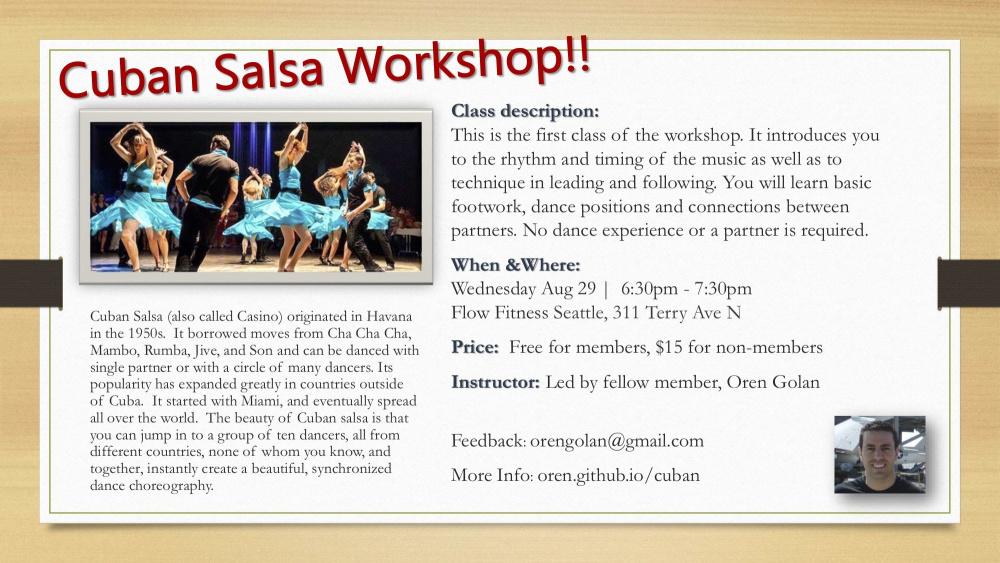 CategoriesEvent
CategoriesEvent CategoriesEvent
CategoriesEventWednesday, August 29th from 6:30-7:30pm. Free for members!
Come celebrate your Strength this Summer with an in the park workout and Potluck Picnic!!!!
Wednesday August 29th, Short Outdoor Workout at 5:30 pm, Picnic at 6:00 pm!
@ Lake Union Park, Next to MOHAI
Bring a Guest! Bring a dish to share! Bring something to sit on!
(Drinks/Plates/Utensils will be provided)
 CategoriesEvent
CategoriesEventA Chiropractic Doctor from Tangelo Sports Re-hab will be at Flow Fremont on Tuesday, August 7th from 5:30pm-7:00pm to answer your questions regarding current injuries or pain that may affect your everyday life.
Reserve 15 minutes with the Doc here.
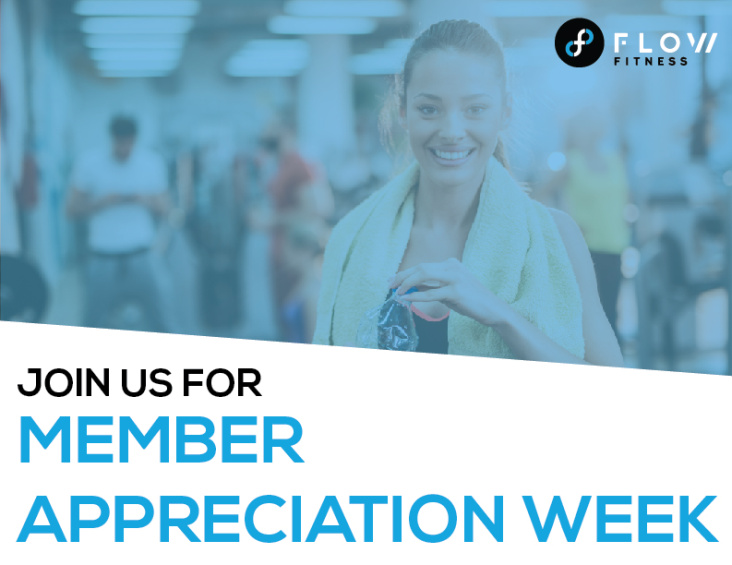 CategoriesEvent
CategoriesEventFlow Fitness SLU would like to thank you for being a member as well as celebrate our third anniversary. See the list of events below and thank you, for spending time with us!
All week long:
Raffle. Bring a friend to share the wellness all week long for free! PLUS, every time you bring a friend you will be entered in the raffle to win a $100 gift card from Lululemon.
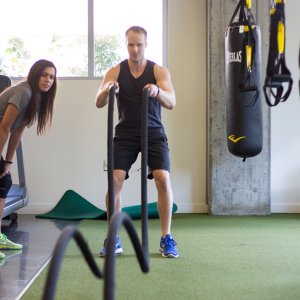
Fit 3D Consult. 20 minutes to ask a trainer anything you’d like. Morning, noon and evening spots available. Reserve your time here.
 Nutritional consults. Sign up for a 20 minute session with Alex, and receive some guidance on helping to uncover the behaviors and obstacles that are preventing you from experiencing the full, happy, and healthy life that you so desire. Reserve your spot here.
Nutritional consults. Sign up for a 20 minute session with Alex, and receive some guidance on helping to uncover the behaviors and obstacles that are preventing you from experiencing the full, happy, and healthy life that you so desire. Reserve your spot here.
Wednesday, August 1st:
 How to Support a Healthy Metabolism Workshop.
How to Support a Healthy Metabolism Workshop.
Not only will you learn what it means to support a healthy metabolism, but you’ll gain awareness about your eating patterns and the habits you’ve cultivated throughout your lifetime that are no longer helping you or supporting your health goals. 6:30-7:15pm in the large Group Exercise Studio. Sign up here.
Thursday, August 2nd:
 Spin the Wheel!
Spin the Wheel!
Stop by the front desk while you’re at the gym and spin the wheel to win a a Fit 3D scan, day pass, frisbee & more!
Friday, August 3rd:

Happy Hour at Flat Stick Pub
Flow Fitness has partnered with Flatstick Pub to celebrate their new location in SLU. Take off early on a Friday afternoon this summer and enjoy drinks, games and food with your fellow Flow members. Each member can bring up to 2 guests. Purchase a ticket here.
Thank you for being part of the Flow Community!
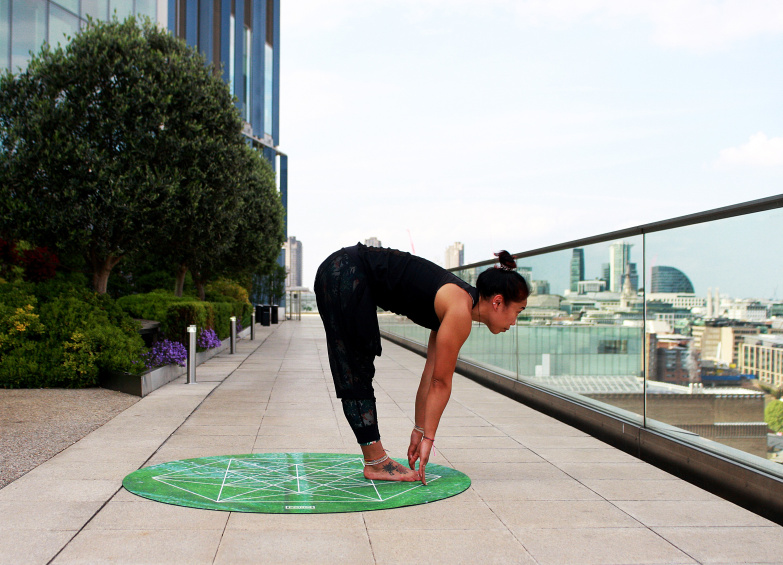 CategoriesBlog
CategoriesBlogIf you are an avid athlete, you probably love reaching your goals and breaking fitness barriers. Whether that means exceeding your best run time or hitting a new PR in the weight room, many athletes have a strong drive to push themselves a little harder every day.
While achieving fitness goals is rewarding for every athlete, taking care of your body and making time to rest and reset are equally important. Use these tips to make the most of your rest days, and be sure to come by our Release and Restore class to take this practice even further!
Taking time to restore and reset can do your workout a world of good. Rest days need not only be a break from your typical workout, but can also be an opportunity to try new stretches, explore meditation, and more. Try a few of these rest day best practices to take care of your body and relax before your next hard workout!
Whether you are training for a big sporting event or simply relaxing after a good workout, hydration and eating well are key to making the most of your rest days.
Water helps your body detox, fosters digestion, keeps your joints healthy, and more. If you have trouble remembering to drink water during the day, consider bringing a water bottle with you to all of your daily activities to make staying hydrated easier.
In terms of eating well on rest days, be sure to get all of the macronutrients your body needs, including carbohydrates, proteins, and fats. A plate full of colors is a healthy plate, so look for opportunities to add fruits and veggies to your meal. Consider whipping up one of these balanced recipes on your day off from the gym!
Sleep is a key ingredient to help your body rest and reset. The average person needs about eight hours of sleep each night, but if you are an active athlete, your body may need more. If your schedule permits, set aside a little extra time for sleep on your rest days to help your body relax and rejuvenate. Taking a quick power nap in the middle of the day can also help you rest and reset!
Rest days do not necessarily mean you need to be stationary — they simply mean you should take a break from your typical high-impact workout routine. To loosen up your muscles on your rest day, consider taking a brisk walk through your local park or a leisurely swim to keep your body moving without too much stress on your muscles.
Taking advantage of a low-impact workout such as a yoga class can also help you loosen up your muscles and prevent tightness in your body. Because yoga is such a vast practice, consulting a professional about specific poses and stretches for certain muscle groups can offer many benefits. Consider checking out our Yin Yoga Deep Stretch class on Sundays at our Fremont gym to stretch it out on your rest day!
If you are an athlete who is always on the go, taking some time to ease your mind may be just the remedy that you need. Practicing mindfulness, meditation, and other relaxation techniques can help you improve productivity, reduce stress, give your mental health a boost, and more.
If you have never tried this before, consider getting started with these simple mindfulness exercises or some quick online meditation tutorials!
Wrap up your rest day by checking in with your body. Many athletes have a habit of ignoring aches and pushing through pain. However, this is often your body’s way of telling you that something is wrong. On your rest day, make a point of listening to your body and checking in with the way you are feeling. While tightness and soreness are normal after a hard day’s workout, if you have more significant pain, it may be time to consult a professional.
At Flow Fitness, we believe in helping our members foster health, fitness, and wellness in various aspects of their lives. To learn more about making the most of your rest days, talk to our trainers about the best plan for you. You may also enjoy this article about rest periods from Flow Coach Mackennon Klink!
By Flow Coach Mackennon Klink, BS, CSCS, PN1
Whether it is a kitchen remodel, job promotion, or increasing “followers” on Instagram, there is no better feeling than to see how far you have come after starting something. This holds true for your fitness goals as we know there is no bigger discouragement than lack of progress after countless hours in the gym. While there are many ways to assess overall progress, the 5 listed below are the ones that I have found most reliable when addressing more aesthetic fitness goals (i.e. not only feel your best but look your best in the process). As a rule of thumb, progress should be tracked every 4 to 6 weeks.
1. Progress Pictures
While quality of life should be your primary goal, we do understand that people also want to “look” as great as they feel. Pictures serve as a great motivator as they will always be there to provide inspiration and a sense of accomplishment in how far you have come.
Progress photos should be taken at the beginning of your fitness journey, then preferably every 4-6 weeks in regular intervals. Here are a couple of tips when taking your photo:
· Take photo at the same time of day
· Wear the same clothes
· Use the same lighting and background
· Save photo as full size and with high resolution
· Take pictures from the front, profile , and back
· Pose as the REAL YOU (No flexing, tightening, or sucking in)
2. Body Circumference Measurements
Placement of fat is a significant factor in the risk of disease. Those with a high percentage of fat in the abdominal region are more at risk than those with the fat located elsewhere. A common method to assess this potential risk is to obtain a waist to hip measurement and its corresponding ratio. For health reasons, it is recommended that waist to hip ratios be <0.90 and <0.80 for men and women, respectively.
· Record each measurement to the 1/8 inch
· Here is a great video to show you how to conduct a waist to hip assessment
3. Body Fat Percentage
Body fat assessments are a common form of measurement to track overall body composition (fat mass vs. lean muscle mass) and is my preferred indicator of overall progress. Unfortunately, body fat measurements are more difficult to “self-administer” and in-home devices are usually inaccurate. My advice is to invest the $35-50 it cost to do Hydrostatic Weighing, Dexa-Scan or Fit3D Scan (currently offered at Flow Fitness) as these represent the “Gold Standards” in reliable body composition measurements.
Check out the table below to see which category you fall into:
| Body Composition Category | Women | Men |
| Essential Fat | 10-12% | 2-4% |
| Fitness | 14-20% | 6-13% |
| Acceptable | 25-31% | 18-25% |
| Unhealthy | 32% or higher | 26% or higher |
4. Writing Stuff Down
If you are serious about getting results, you will need to start tracking your workouts. What does tracking your workout and progress looks like? It begins with having a workout plan in place and writing down what you did. For example:
· If you did 5 sets of 5 reps of back squats at 225 last week, then you’ll need to do 5 sets of 5 reps of back squats at 230+lbs the following week to get stronger.
· If you did 3 sets of 5 pull ups last week for a total of 15 pull ups, then you’ll need to do 16+ pull ups the following week to get stronger.
A journal (and a pen) only cost you a few bucks and can make a huge difference in your training and results.
5. The Scale
For the record, I am not a big fan of using bodyweight as a metric for tracking progress. With the primary reason being that our weight fluctuates daily from 2-5 pounds! In addition, too many people allow the number on the scale to radically impact their mood and how they feel about themselves. However, if you choose to use the scale to measure progress, step on the scale the first thing in the morning after going to the bathroom and before drinking or eating anything.
Along with pictures and measurements, the scale is simply another tool in your toolbox to assess progress, so you can adjust your current plan when needed. Remember transformation does not happen overnight and the best way to ensure progress is to stay consistent in your training plan and by enjoying the sense of accomplishment that follows.
Have you ever had a workout where everything just feels “blah”? Exercises that normally are performed with style and grace feel uncoordinated, clumsy, and “harder than it normally is”. Though we understand that some days will just be better than others, no one should feel as if they have taken several steps backward. So, before you let your frustration get the best of you, ask yourself: “Am I giving my body the best opportunity to succeed”? Because a lousy workout is usually the body telling you that you are failing in 1 (if not all) of 4 areas.
1. Movement Preparation and Ponder
Delete the word “warm-up” from your vocabulary and along with it the useless 10-minute jog or stationary cycling you typically do prior to activity. Instead, think in terms of preparing your body for movement and focus on the joint mobility, muscle activation, and stabilizing drills necessary for success. For example, if your training plan includes squats and lunges, prepare the body by mobilizing the ankles and hips, activating the muscles of the glutes, and stabilizing deep lying core muscles through various breathing drills. Following your workout, take a moment and ponder how each exercise felt and what areas of the body may have let you down. Focus on addressing those areas via stretching, foam rolling, and additional mobility work before you leave the gym.
2. Hydration.
H20 is one of the easiest things to address and offers immediate benefits towards performance. The other great thing about hydration is you can assess your hydration levels frequently every time you hit the rest room. If your urine is clear to faint yellow you are good to go! However, if your urine is ‘Big Bird yellow’ to ‘paper bag brown’, you need to up the water intake immediately. To aid in hydration, seek to add natural electrolyte mixes into your water and avoid bottled water with additives or coloring.
3. Pre/ post workout fuel (food)
Because food is not easily accessible (as compared to water) this tends to be a main culprit in poor performance. Pre-workout food should be more carb focused (YES, THEY ARE GOOD FOR YOU) as carbs will be your primary fuel source during most activities. Post Workout, your focus should be on replenishing what you lost (carbs, H20, electrolytes) and eating clean protein sources to maintain and/or build muscle. Best practice is to have your meals prepared prior to the workday, so you have performance enhancing food sources at your fingertips throughout the day.
4. SLEEP
Besides having cool dreams of saving the world from evil space aliens, sleep allows you to perform at your best physically, and cognitively. Unfortunately, life involves conflicts that deny you the recommended 7-9 hours of sleep necessary. To combat this dilemma, make every moment of your pre-sleep routine count by eliminating cell phones, tv shows, heavy meals, or caffeine before your head hits the pillow. Instead have mindful self-reflection, stretch, and practice deep breathing exercise about 45 minutes prior to bed. When able, find a quiet area to take a quick 20-30-minute nap during day.
By addressing these 4 areas, you will find subpar workouts to be a thing of the past and can keep your energy focused on improving your quality of life for the long road ahead!
written by, Erin White Flow Fitness Coach
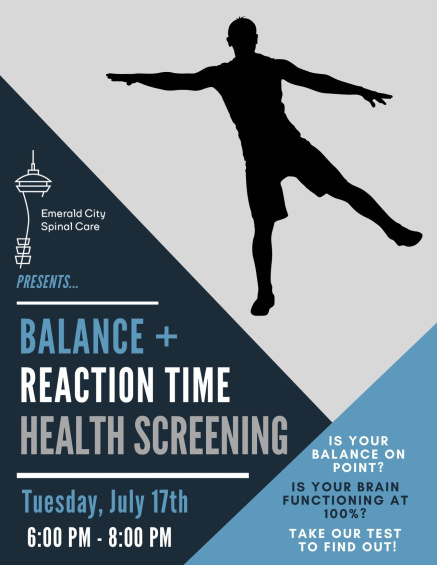 CategoriesEvent
CategoriesEventNew athletes make dozens of mistakes beginners make, and we’ve all been there. The journey from nervous newbie to seasoned vet with the physical progress to show for it comes with plenty of bumps in the road. Contrary to popular “broscience,” though, the most common mistake beginners make isn’t using the smith machine or missing their “anabolic/nutrient window” — it’s learning to be patient.
Whether you are looking to train for your favorite sport during the off season, to start competing in powerlifting or bodybuilding, or just to be able to walk up a flight of stairs without breaking a sweat, having patience is the single most significant indicator of success or failure.
Programming Flip-Flops
We’re not talking about programming a light show into the shoes you had in the ‘90s — we’re talking about using impatient, inconsistent, and self-defeating training methods. The epitome of all of these is program hopping.
If you’re going to see progress in any area, you need to be in a dedicated relationship with the training that will develop that progress. When you start jumping between programs like a kangaroo in a circus tent, you’ll be spinning your wheels plenty, but going nowhere. Program flip-flopping is bad for two reasons: First, you don’t allow yourself time to develop new motor patterns; and second, you never develop a significant enough progressive overload to challenge your body.
Movement Patterns
Borrowing Bruce Lee’s famous metaphor, “be water.” In our application, however, it’s not about fluidity in performing high-flying kicks or martial arts, but in developing the path of least resistance. Your movement patterns develop in the same way that a river carves out a path for itself.
All movement begins in the mind. From there, your central nervous system sends a series of signals throughout your body to initiate that movement. The first time you do it, it’s sloppy. If you’ve never performed an overhead press before, you’ll be doing it with all the coordination of a baby’s first steps. The biggest difference between a toddler learning to walk and Usain Bolt are the developed motor skills.
The signal sent from your central nervous system will force its way through the movement. You won’t be graceful, but you’ll get the job done. As you continue practicing the movement, however, your body becomes more comfortable with it, developing more efficient pathways to send those neural signals through. The more you practice this movement, the more natural it becomes, just like water carving out a normalized riverbed to run along.
Progressive Overload
Progressive overload is the principle that all physical training must implement for you to make progress. Simply put, for you to become stronger, faster, or more athletic, you must continually push your muscles harder than they are used to. Usually, this means increasing the resistance you work with.
Practice Makes Perfect
You start making progress when you combine these two principles. Unless you are constantly challenging your muscles with established and efficient movement patterns, you will not see progress. Beginners often find they can make incredible gains when they first start, and then that progress slows. Becoming discouraged, they move on to a new program. What happens in these cases is that motor patterns are established, making the exercise easier, but then progress slows down because it takes longer for the body to adapt to a challenge than it does to start learning a new movement.
When you start a program, stick to it. Making large strides can take years, and if you only look at the day-to-day, you’ll be painfully disappointed. If daily and weekly progress is your goal, you should document your progress in depth every day to see the measured difference in the numbers. Whatever you do, however, be patient, and don’t be a program hopper.
 CategoriesEvent
CategoriesEventLet’s get out of the city and inhale the ridiculous beauty of the PNW. Gain healing wisdom from Mother Earth and reconnect with your own inner, still voice during a guided meditation and a silent 3.5 mile, low elevation gain hike. We’ll debrief the victories and defeats discovered over a picnic lunch. You’ll leave with a clear mind and a game plan to soothe the day-to-day craziness of being human.
Saturday, July 14th from 9am – 12pm
Limited space available. Please register through the member portal.
Led by fellow member,
Michelle Allen, Ecotherapist
Michelle works in a high integrity, low razz environment to explore, contemplate, wrestle with, and celebrate the breathtaking (…and often maddening) nuances of being human. You can find her leading meditative retreats in the PNW mountains or meeting 1:1 with clients for reiki, energy analysis, and counseling in Seattle.